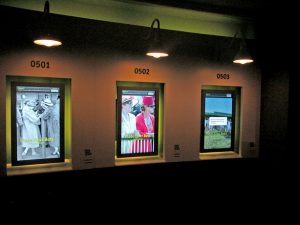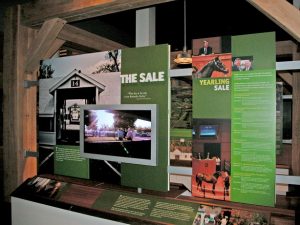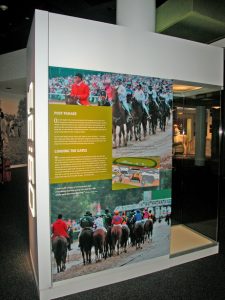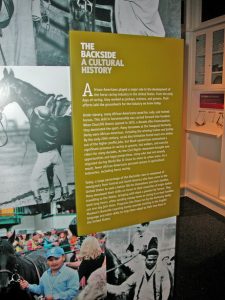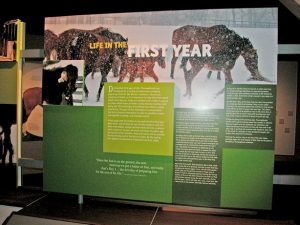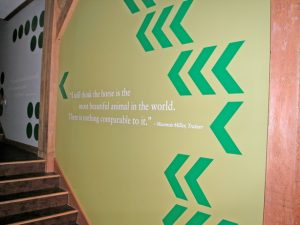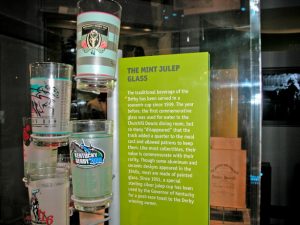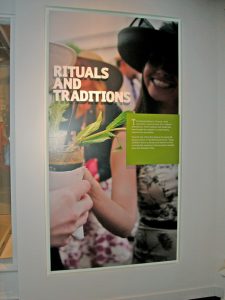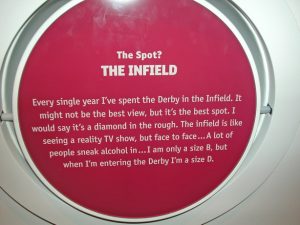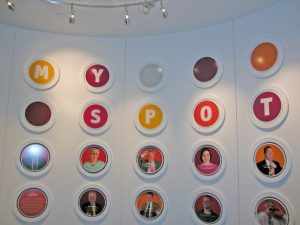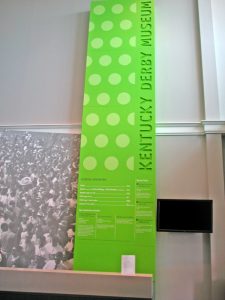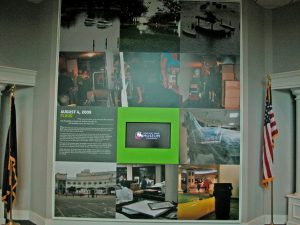On the first Saturday each May, the Kentucky Derby draws the sporting world’s attention to the Bluegrass State. Louisville’s Churchill Downs, which has hosted the spectacle since 1875, plays host to international celebrities and dignitaries as it presents what it proudly trumpets as “the most exciting two minutes in sports.”
This single afternoon each year prominently reflects the region’s self image and pride. All the talk about the horse-racing industry’s woes seems hard to fathom throughout Kentucky in general and Churchill Downs in particular, where horse breeding remains big business. Twenty-one horse farms throughout the Bluegrass State vie for their prize thoroughbreds to wear the Winner’s Circle wreath of roses. And, playing the ponies remains a cultural staple that attracts more than 500,000 visitors annually to Churchill (and big business – wagering for this year’s Kentucky Derby tallied $112.7 million, according to Sports Business Daily).
Given the Derby’s 135-year legacy and unique synthesis of gentility and tradition with a brief, exhilarating, two-minute burst of intensity, it’s important to properly chronicle its history. For the first quarter-century of the museum’s existence – it attracts approximately 200,000 visitors annually – the museum displayed its exhibits traditionally – basic placards that dryly relayed factual information about an exhibit’s contents.
However, August 4, 2009 provided a twist of fate. That day, a downpour dumped more than 1.5 inches of rain in one hour on the Louisville area, which triggered flash flooding throughout the Churchill Downs campus, which exacted more than $1 million in damage. Derby Museum staff scrambled to save equipment and artifacts. After the deluge subsided and Lynn Ashton, the Museum’s executive director, and her staff assessed the situation, they made a bold decision.
“A minor renovation had been planned,” Wendy Treinen, the museum’s marketing director, said. “Our last renovation occurred 10 years ago, and our original plans called for a modest upgrade. But, after the flood, we decided to take aggressive steps to repurpose the museum to be more engaging for visitors.”
The museum secured $5.5 million of private funding to bankroll the renovation, and hired Gallagher & Assoc. (San Francisco and Silver Spring, MD) and Design & Production (D&P), Lorton, VA, to design and fabricate (respectively) the state-of-the-art, interactive environmental graphics. Because of their work for the last renovation, both firms enjoyed a productive relationship with the Museum.
Advertisement
The work, which began last November, was unveiled with a fanfare-filled re-opening on April 18, roughly two weeks before this year’s Derby. Donna Kuba, D&P’s marketing director, said, “The most significant challenge was completing the work within the short schedule; for a two-floor museum of this scale, 18 months to two years is a normal timeframe. Enabled in part by sophisticated technology, the new exhibits transform a collection-based museum into an interactive space that immerses the public in the Kentucky Derby story.”
Bruce Lightbody, the director of Gallagher’s West Coast office, said, “We completed this project with a ‘workshop’ approach. We exchanged ideas and built the story as a balance between the Museum’s content needs and the overall visitor experience. The facility’s simple, clean architecture really allows the graphics to pop with bright colors.”
This unique integration of a sporting and cultural event, which upholds so many traditions with an ultra-contemporary environmental-graphic format, yielded a singular project that should be treasured by Derby enthusiasts – and, for that matter, anyone who appreciates handsome exhibit signage and graphics – for years to come. Enjoy the gallery. Don’t be surprised if the bugler’s call to post or Dan Fogelberg’s “Run for the Roses” plays in your head as you do.
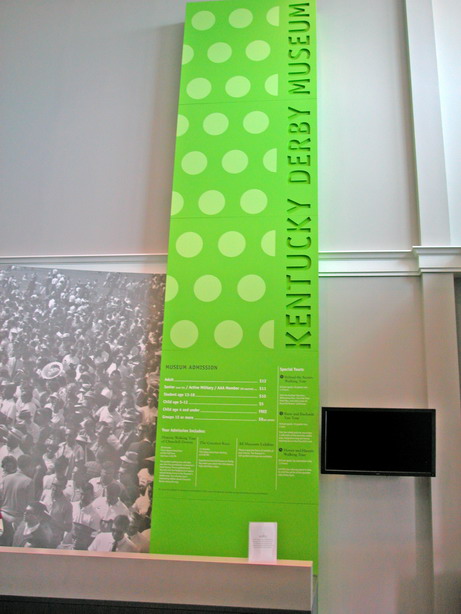


 Tip Sheet4 days ago
Tip Sheet4 days ago
 Business Management2 weeks ago
Business Management2 weeks ago
 Women in Signs2 weeks ago
Women in Signs2 weeks ago
 Real Deal5 days ago
Real Deal5 days ago
 Benchmarks1 day ago
Benchmarks1 day ago
 Editor's Note1 week ago
Editor's Note1 week ago
 Line Time2 weeks ago
Line Time2 weeks ago
 Product Buying + Technology1 week ago
Product Buying + Technology1 week ago